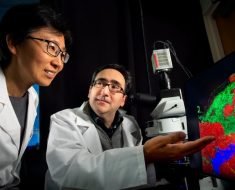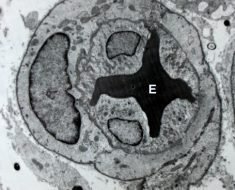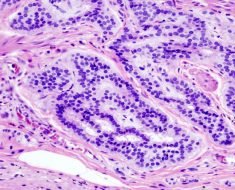A major step forward has been made by researchers at the University of St Andrews towards finding new treatments for Spinal Muscular Atrophy (SMA), the commonest genetic cause of infant death.
SMA, which affects 1 in 6000 babies in the UK, is a form of motor neurone disease, in which motor neurones die, resulting in progressive paralysis. The severest type of SMA (type 1) usually results in a life expectancy of less than two years, but there are also later-onset types. SMA is caused by reduction in the amount of a protein called SMN (survival motor neurones). The SMN protein is needed in all types of cell, so it is not clear why motor neurones are particularly sensitive to damage.
Dr. Judith Sleeman and Dr. Catherine Botting of the School of Biology at the University, along with Professor Tom Gillingwater and Dr. Ewout Groen at the University of Edinburgh, have discovered that Neurochondrin, an essential protein found in nerve cells, interacts with the protein SMN.
The research, published in the Journal of Cell Science, found that this interaction most likely occurs in mobile structures within the cell, important in transporting biological messengers inside nerve cells.
Transport within cells is of particular importance in motor neurones, due to their huge length, connecting the spinal cord to muscles throughout the body. Within the spinal cord, Neurochondrin is present in particularly high amounts in motor neurones, suggesting that it is important in the cells most severely affected in SMA.
The researchers now plan to examine whether the Neurochondrin protein is involved in the damage to motor neurones seen in SMA patients, and investigate design of novel therapies for SMA based on this interaction.
Source: Read Full Article





